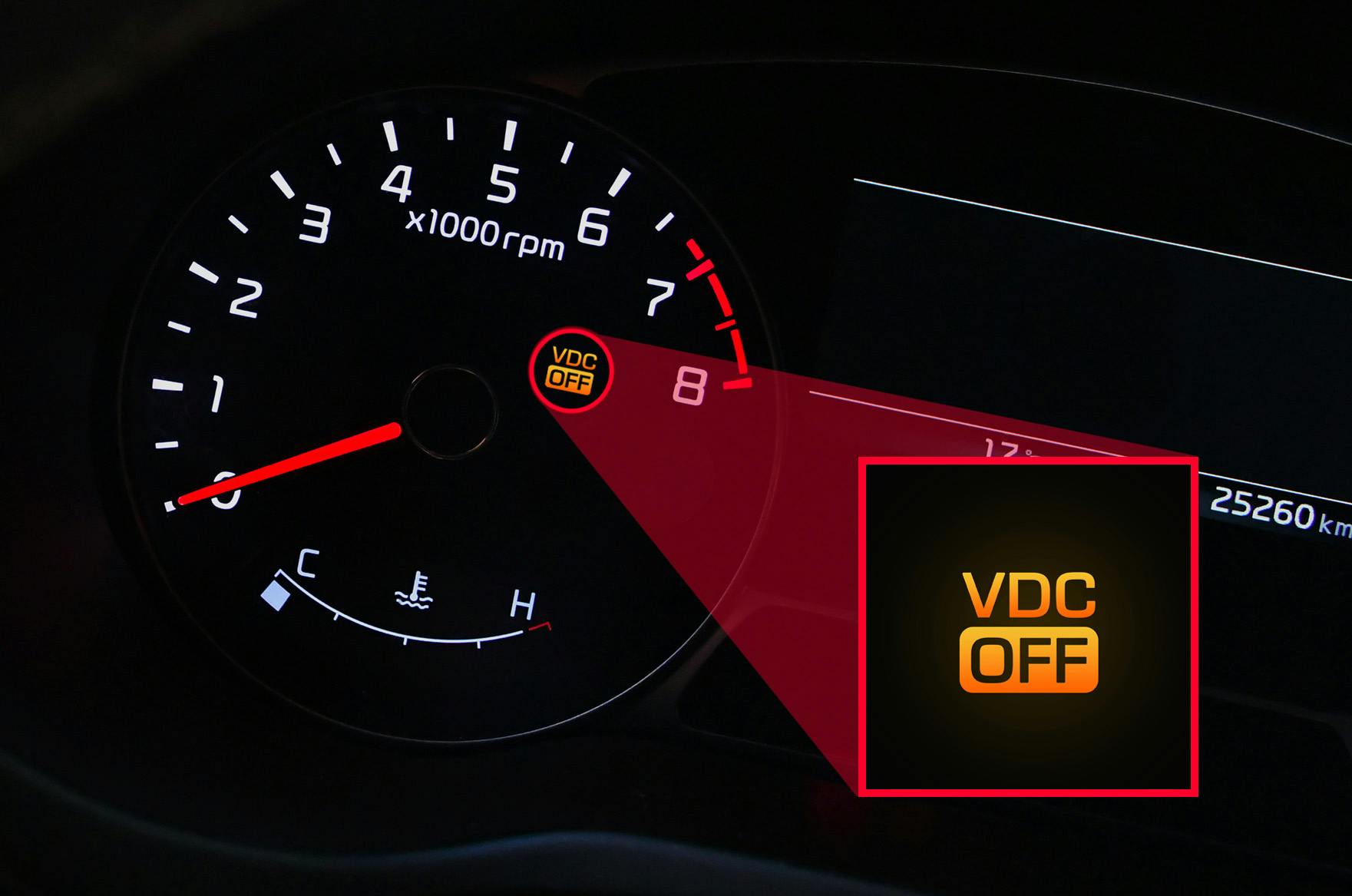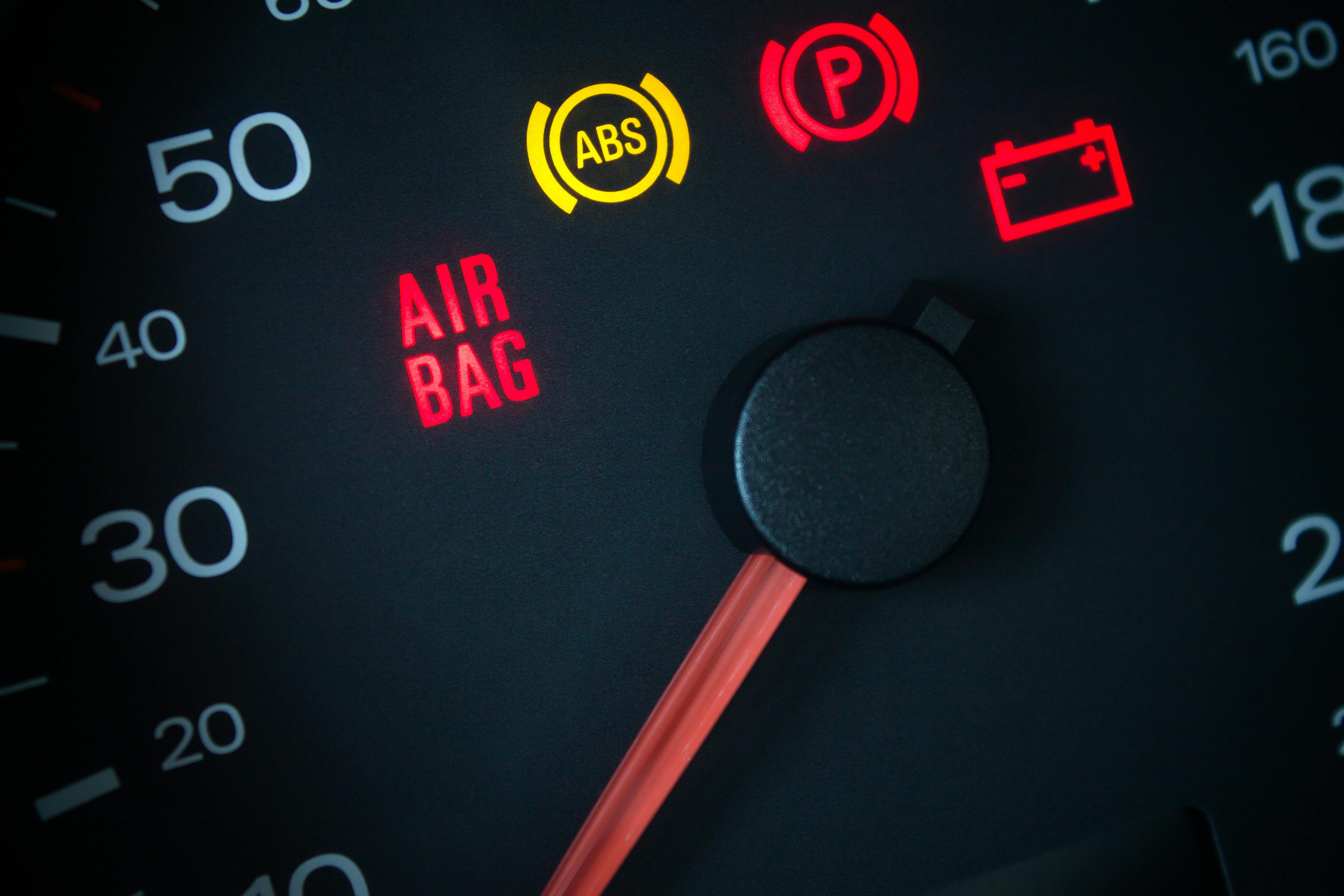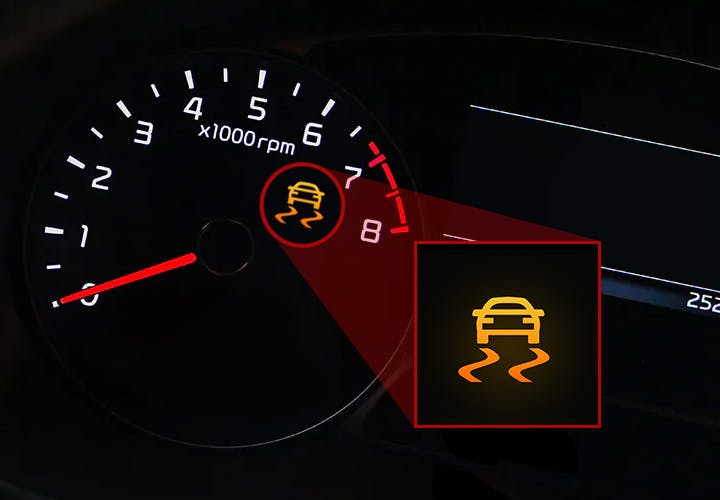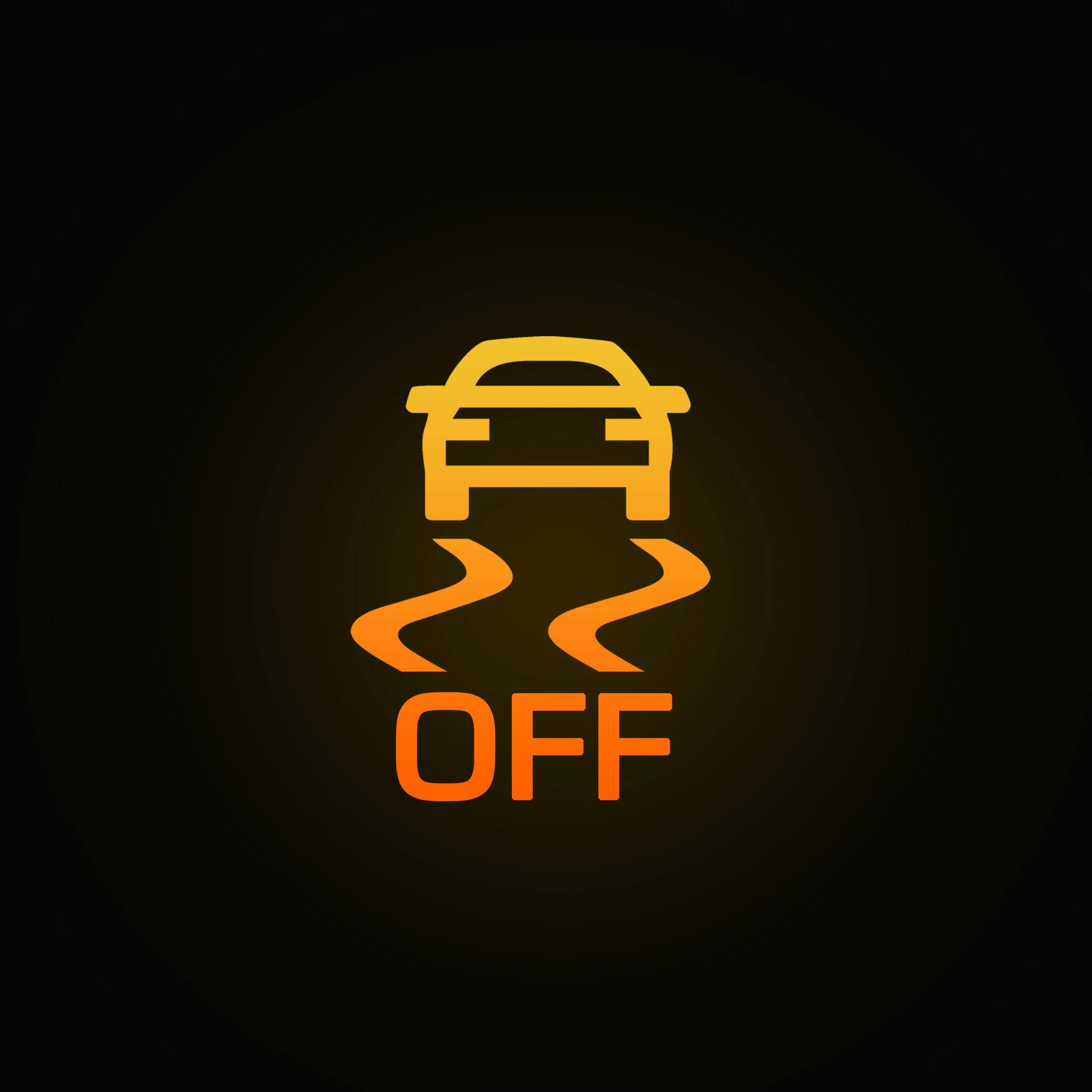VDC: How does the vehicle dynamic control system work?

The VDC (Vehicle Dynamic Control) refers to the vehicle dynamic control system. The VDC system serves to stabilize the vehicle and helps manage situations in the event of a loss of traction, or the event of a skid.
VDC represents one of the electronic stabilization systems and is identical to the ESC or ESP system. The difference between these systems is in the name and abbreviation, but their function and purpose are the same.
Spis treści
- How does the VDC system work?
- Advantages of the VDC system
- Components of the VDC system
- Does the VDC warning light signal a problem with the system?
- Specific warning light for disabled VDC system
- VDC in Subaru
- VDC in Nissan and Infiniti vehicles
- VDC in modern vehicles
- What is the difference between VDC and ESC systems?
- Electronic Stability System Markings
- Conclusion
How does the VDC system work?
The VDC (Vehicle Dynamic Control) system helps stabilize the vehicle and simultaneously manage critical driving situations. For instance, when the car could potentially skid.
The ECU evaluates these situations by comparing data on the actual and intended direction of the vehicle. By intended direction, we mean the direction chosen by the driver using the steering wheel. If these data do not match, the VDC system evaluates the situation as a skid and begins to stabilize the car and compensate for the incipient skid automatically.

ABS System: How it works and what it is for?
When the VDC system detects a loss of traction, it automatically processes the information from the ABS and the steering wheel rotation sensor. Then it applies braking force on the individual wheels of the car.
Automatic braking of individual wheels also takes place during acceleration and sharp turns. The VDC system thus keeps the car out of danger of skidding without the driver realizing it.
Advantages of the VDC system
Dynamic vehicle control makes the car more stable and controllable. Modern and more advanced VDC systems can also interfere with the steering and speed of the vehicle and, if necessary, adjust the engine power and steering wheel rotation.
This system belongs to the elements of active vehicle safety because it prevents an unwanted change of direction in the event of a skid. In addition, it reduces the risk of losing traction and increases overall driving safety. Newer VDC systems interfere even with steering and overcome the driver's ability to manage critical situations.
Statistics also show that VDC contributes to increasing active safety, thereby reducing traffic accidents. Estimates say that approximately 1/10 of accidents would be avoided if all vehicles were equipped with this system or an electronic stabilization system.
Components of the VDC system
- Sensors
- Electronic control unit (ECU)
- Actuators
1. Sensors
The VDC system uses several sensors to monitor the movement and dynamics of the vehicle:
- Wheel speed sensors measure the rotation speed of each wheel.
- The steering angle sensor detects the driver's intended direction.
- The angular velocity sensor measures the rotation speed of the vehicle around its vertical axis.
- The lateral acceleration sensor monitors the sideways movement of the car.
2. Electronic control unit (ECU)
The electronic control unit is the brain of the VDC system. It processes the data collected from various sensors and determines the necessary measures to maintain the vehicle's stability.
3. Active members
Actuators are components that execute the commands of the VDC system controller. These include:
- Brake modulator: Adjusts the brake pressure on individual wheels.
- Control throttle: Adjusts the output power of the engine.
- Gearbox Control: Changes gear ratios to optimize vehicle stability.
Does the VDC warning light signal a problem with the system?

The VDC warning light may not indicate a problem with the vehicle's dynamic control despite the orange color. Some modern dynamic control systems also intervene in the steering and speed of the car and, if necessary, adjust the engine power or turn the wheels of the vehicle in the desired direction.
If the system interferes with the steering, a flashing VDC warning light is not a problem—quite the opposite. The warning light flashes due to the activity of the dynamic control system. In a difficult driving situation, the VDC system stabilizes the vehicle.

VDC warning light: What does it mean, and why is it lit?
In some cases, this warning light may flash and then stay on. In this case, the system intervenes in the steering to prevent the vehicle from skidding. If the system works correctly, the light will go out when the car stabilizes.

If, however, the VDC warning light stays on even during normal driving conditions, it is either a deliberate shutdown of the VDC system (in some cars, it is indicated by a specific warning light), a problem with the system, or a malfunction in the electronics.
Specific warning light for disabled VDC system

The disabled VDC may be indicated by specific warning lights, often with the word OFF below the standard VDC warning light or a cross-through of the normal VDC warning light. However, remember that the system is disabled/faulty even with the normal VDC warning light constantly lit.

VDC in Subaru
Most Subaru cars have all-wheel drive as standard. The VDC system works with AWD (All Wheel Drive) to ensure maximum traction and stability.
Subaru claims that with all-wheel drive, the brake wheel will gain traction faster than a two-wheel drive car. In addition to the standard function, the VDC system can reduce fuel flow to limit torque for better stability.
VDC in Nissan and Infiniti vehicles
The VDC system works like standard electronic stability control systems in Nissan and Infiniti cars. In addition, however, it helps to limit oversteer and understeer.

In most Nissan or Infiniti cars, there is a VDC OFF switch to turn off the dynamic control system.
VDC in modern vehicles
Many countries have recognized the benefits of the VDC and mandated its inclusion in new vehicles. The VDC system thus became a standard function of most cars.
Manufacturers continue to improve the VDC, incorporating new technologies to increase performance and safety.
What is the difference between VDC and ESC systems?
There is no difference between the VDC (Vehicle Dynamic Control) and ESC (Electronic Stability Control) systems; they are the same. The only difference is in the name, as manufacturers use different designations, not only for this system.

ESC system: How does the electronic stability control system work?
Electronic Stability System Markings
Car manufacturers use different abbreviations when labeling the electronic stability system, but the principle of operation of these systems is the same. In the case of this system, you may encounter the following labels:
ESC (Electronic Stability Control) - general name for electronic stabilization system, but used by Škoda, Fiat, Hyundai, Tesla, Luxgen, and Proton
ESP (Electronic Stability Program) - designation used by Audi, Chrysler, Dodge, Hyundai, Jeep, Kia, Mercedes-Benz, Saab, Suzuki, Lamborghini, and Smart
ESP (Electronic Stabilization Program) - the designation is used by Volkswagen (the abbreviation is the same as the previous one, the minor difference is only in the full name)
VDC (Vehicle Dynamic Control) - designation used by Subaru, Nissan, and Infiniti
DSC (Dynamic Stability Control) - designation used by Aston Martin, BMW, Jaguar, Land Rover, Mazda, and Mini
VSA (Vehicle Stability Assist) - designation used by Acura and Honda
VSC (Vehicle Stability Control) - the designation used by Lexus and Toyota
VDIM (Vehicle Dynamics Integrated Management) - the designation used by Lexus and Toyota
ASC (Active Stability Control) - the designation used by Jaguar and Mitsubishi
DSTC (Dynamic Stability and Traction Control) - designation used by Volvo
PSM (Porsche Stability Management) - the designation, as the name implies, is used by Porsche
M-ASTC (Mitsubishi Active Skid and Traction Control) - the designation used by Mitsubishi
StabiliTrak - designation used by Buick, Cadillac, Chevrolet (most models), GMC, Pontiac, Saturn, Isuzu, and Hummer
AdvanceTrac - designation used by Ford, Lincoln, and Mercury
Active Handling - designation used by Chevrolet (Corvette)
Some manufacturers use multiple designations, as the designation may not apply to the entire brand but to a specific model.
Conclusion
Dynamic Stability Control is an essential technology for improving vehicle stability and reducing the risk of accidents. By monitoring and adjusting the vehicle's behavior in real time, the VDC system provides better control and handling, making the car safer, especially in the case of poor driving conditions.
